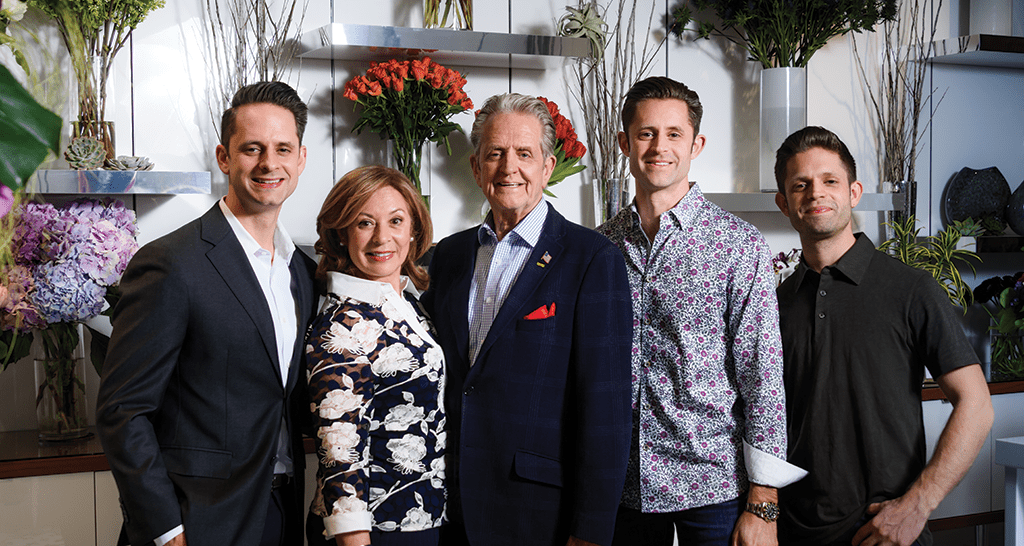 Finding, training and — maybe most important of all — keeping great workers is one of the biggest obstacles to growth that floral profressionals face. This month in Floral Management, Glenna Hecht, an HR expert, shares insight on how you can create a “learning culture” that keeps employees more engaged.
Finding, training and — maybe most important of all — keeping great workers is one of the biggest obstacles to growth that floral profressionals face. This month in Floral Management, Glenna Hecht, an HR expert, shares insight on how you can create a “learning culture” that keeps employees more engaged.
Spoiler alert, though: There is no overnight fix, Hecht warns.
“Culture evolves over time,” she explains in the story. “It involves how staff members treat each other, how they treat customers, and how work gets accomplished.”
Furthermore, she notes, “culture is often based on intangibles, such as how a group addresses mistakes, encourages (or discourages) open communication, and responds when the going gets tough.”
Many people think a company culture is informed by “grand, strategic efforts — mission statements, mottos, formalized procedures,” Hecht explains, “but it is shaped by small everyday interactions and gestures: how you greet each other (or avoid eye contact) in the morning, who takes ownership for goofs, who feels encouraged to speak up — and who hangs their head and thinks no one cares about their input.”
Creating a positive company culture has real-world, immediate implications, according to Hecht.
“When people feel good about their workplace — and when they see that the values expressed by the owners actually match up with the team’s actions — they are more likely to stay in their jobs,” she writes. “A productive, healthy culture also inspires people: A designer who feels valued, heard and respected is going to bring a different energy to the design room than a person who feels like just another cog in the wheel — and that’s true for managers, delivery drivers, salespeople, flower processors and seasonal workers, too. “
Intentional vs. Accidental Cultures
In Hecht’s experience, a company’s culture falls into two categories: intentional or accidental.
“Intentional cultures occur when owners have methodically executed what they want to experience,” she explains. “It is transformative. In these workplaces, employees are motivated to be and do their best. The management team knows and lives by the idea that culture is not what an organization builds or delivers, but how they act and what they represent.”
The first step toward an intentional culture, according to Hecht, is defining where you want to go. “From there,” she adds, “develop clear and simple statements to communicate the roadmap and guide employees in the behaviors to get there.”
Examples might be:
- We treat each other with respect.
- We are service focused.
- We are accountable.
- We embrace diversity.
- We have open communication.
- We have integrity and do what we say we will do.
Meanwhile, “accidental culture evolves over time based on misalignment, emotion and lack of leadership,” Hecht says. “When everything is going well, open communication may work perfectly.What is your reality when challenges occur? Do you become directive, short tempered and so on?”
A “negative” culture may be indicative of an accidental culture and may be a response to:
- Casual or inappropriate comments in the workplace
- Lack of teamwork
- Communication regarding negative customer interactions
- Responses to errors
- Saying no to ideas to avoid risk
- Shutting people down
- Unclear expectations
“Accidental cultures can be changed once you recognize and acknowledge these gaps,” Hecht writes. “Leaders must then become intentional about the shadow they themselves cast and determine what behaviors are needed to shape the culture. Organizations that fail to intentionally create their cultures end up with the consequences of an accidental culture and the accompanying dips in morale, productivity and trust.”
Read the full story in the February issue of Floral Management.
Mary Westbrook is the editor in chief of Floral Management magazine.





